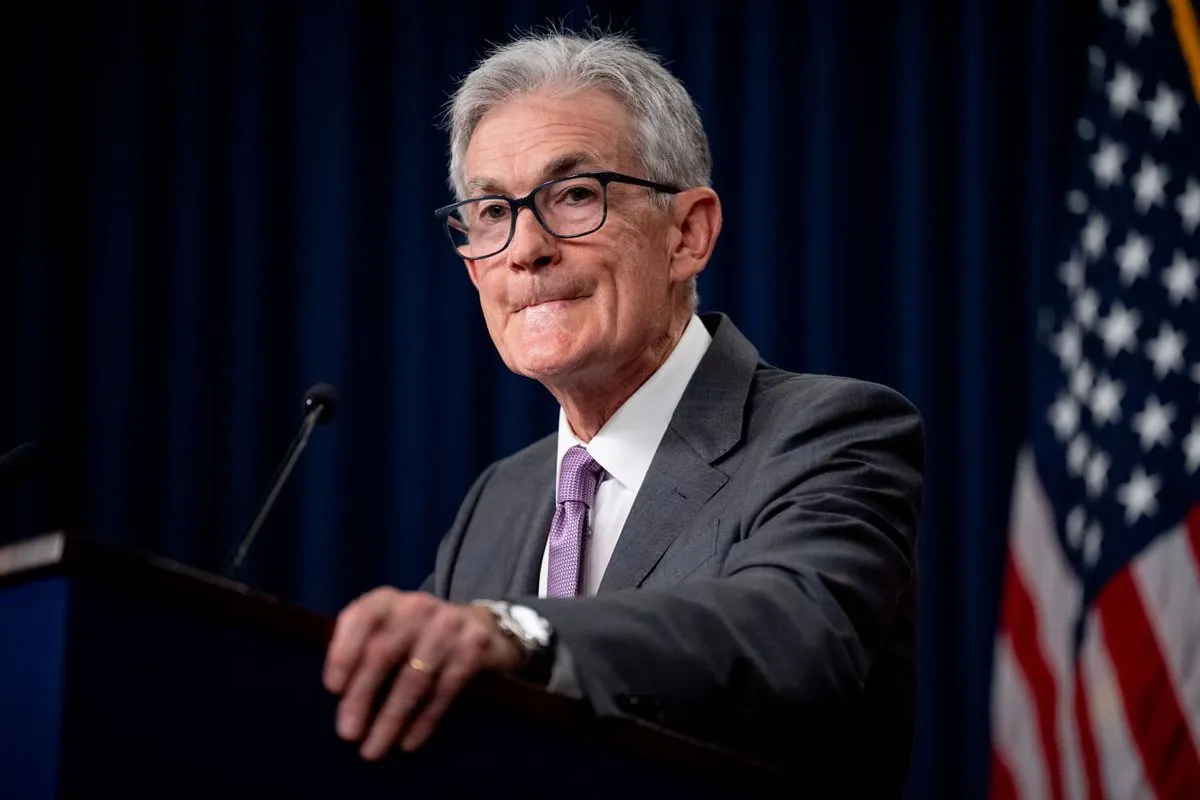Asian Markets Mixed as Investors Await Powell's Jackson Hole Speech
Asian stock markets showed mixed performance as investors anticipate Federal Reserve Chair Jerome Powell's speech at Jackson Hole. Japan's central bank hints at potential gradual interest rate increases.

Asian financial markets displayed varied performance on August 23, 2024, as investors eagerly await Federal Reserve Chair Jerome Powell's speech at the Jackson Hole Economic Symposium. This annual event, established in 1978, has historically been a platform for significant monetary policy announcements.
Japan's Nikkei 225, a stock market index calculated since 1950, rose 0.4% to 38,364.27. The Bank of Japan, which ended its negative interest rate policy in March 2024 and raised rates in July 2024, may be considering further gradual increases. Kazuo Ueda, the Bank of Japan Governor, addressed parliament, indicating that recent wage increases were a positive sign for the economy.
"We stuck to a very loose monetary policy until March. The point was our commitment to that until it's confirmed the economy is on track to realize a gradual, stable rise in prices that's sustainable."
This shift in policy marks a significant change for Japan, which experienced a prolonged period of deflation known as the "Lost Decade" in the 1990s. The term "quantitative easing" was first used in relation to Japan's monetary policy in the early 2000s, highlighting the country's long struggle with economic stagnation.

Other Asian markets showed mixed results. The Shanghai Composite Index, launched in 1991, gained 0.2%, while Hong Kong's Hang Seng Index, established in 1969, slipped 0.3%. South Korea's KOSPI, introduced in 1983, edged down 0.2%, and Australia's S&P/ASX 200 experienced a marginal decline.
In the United States, recent economic indicators have presented a complex picture. The U.S. Department of Labor, which began tracking unemployment claims in 1967, reported a slight increase in applications. Meanwhile, S&P Global Market Intelligence data suggested a divergence between the services and manufacturing sectors.
The S&P 500, introduced in 1957, fell 0.9%, while the Dow Jones Industrial Average, created in 1896, dropped 0.4%. The NASDAQ, which began operations in 1971, saw a more significant decline of 1.7%.
Investors are closely monitoring these developments as they anticipate potential interest rate cuts by the Federal Reserve, established in 1913. The next Fed meeting in September 2024 could mark the first easing since the COVID-19 pandemic in 2020.
As markets await Jerome Powell's speech, attention is also focused on upcoming GDP data from several major economies, including the U.S., Canada, Germany, and India. The concept of GDP, developed in the 1930s, remains a crucial indicator of economic health.
In other financial news, the 10-year Treasury yield, a benchmark for many financial products, rose to 3.86%. Energy markets saw slight increases in crude oil prices, while currency trading showed the U.S. dollar weakening against the Japanese yen and the euro.


































